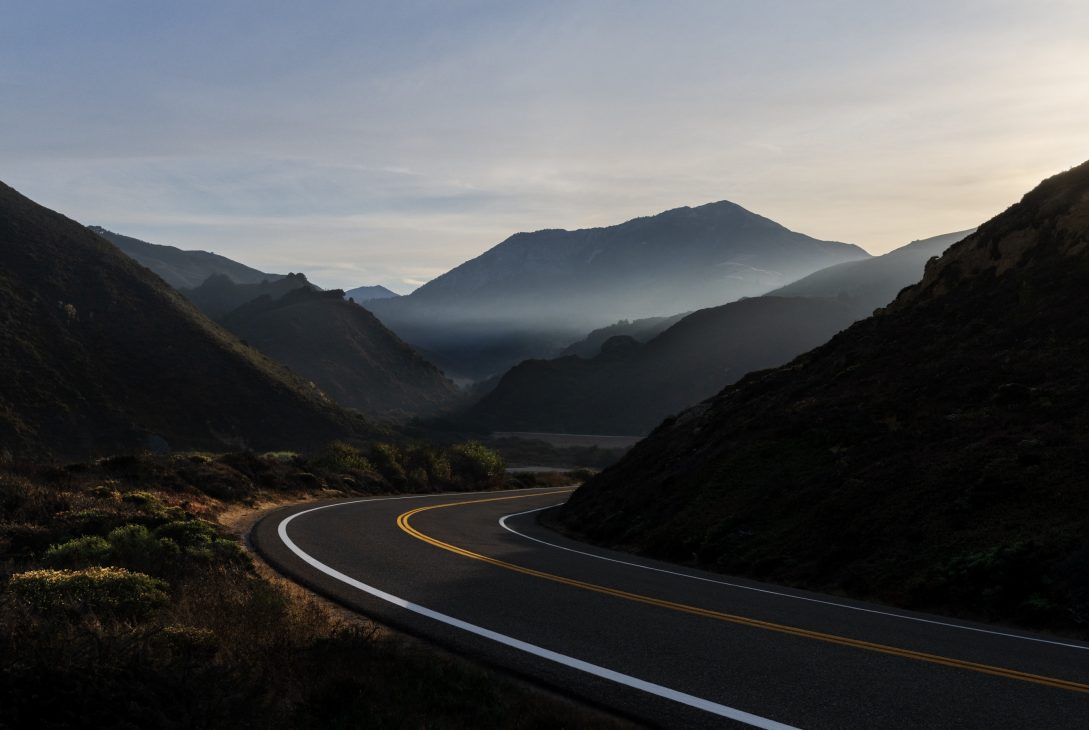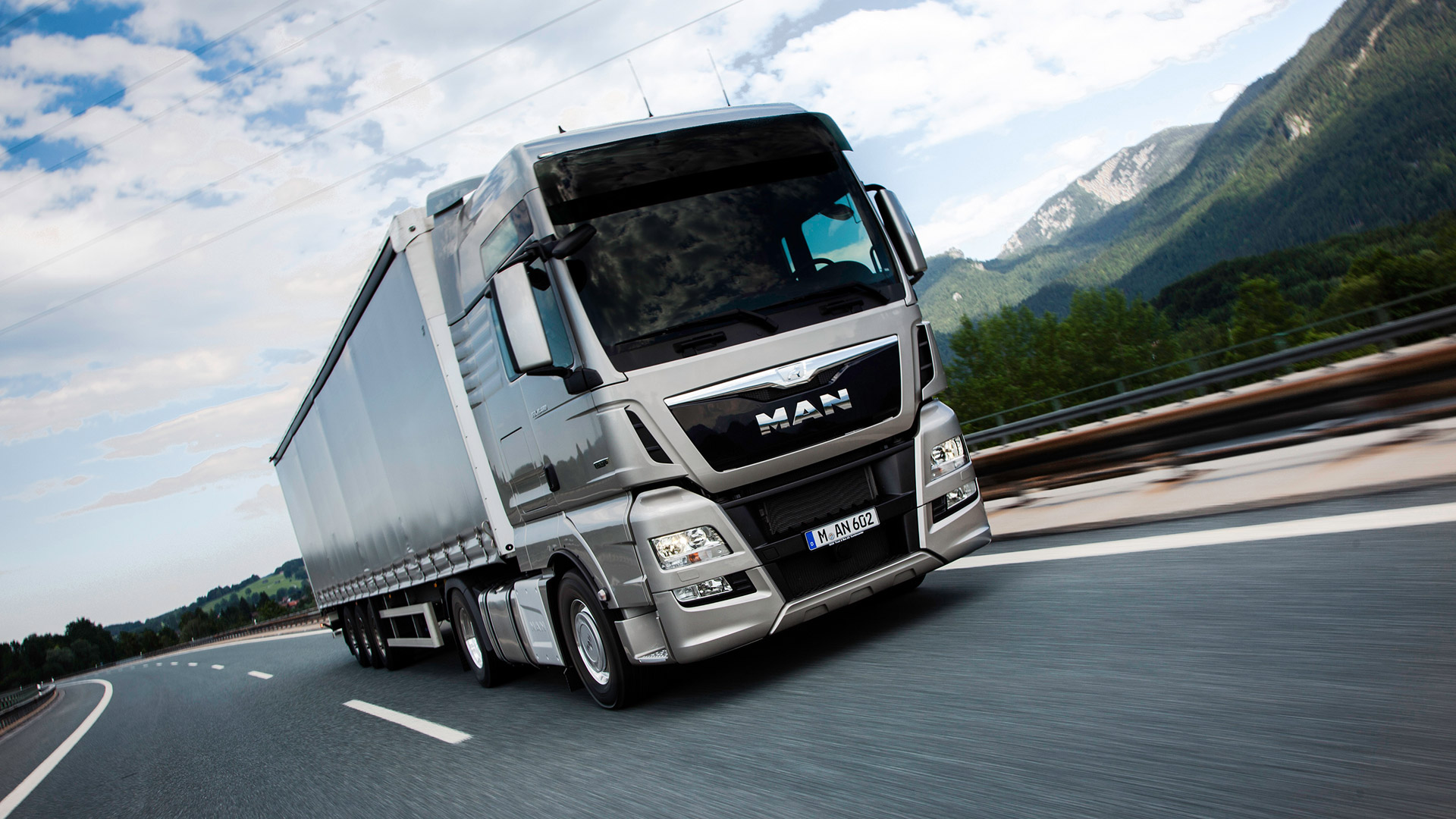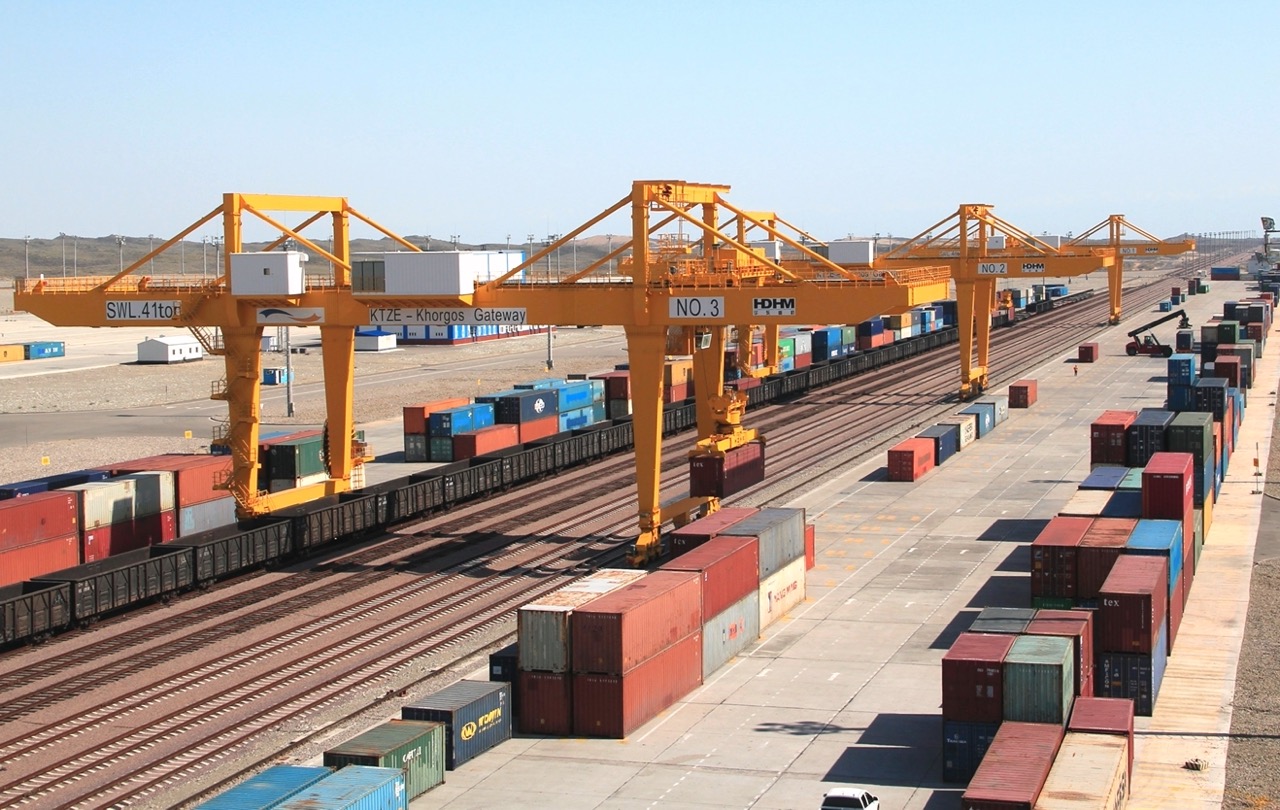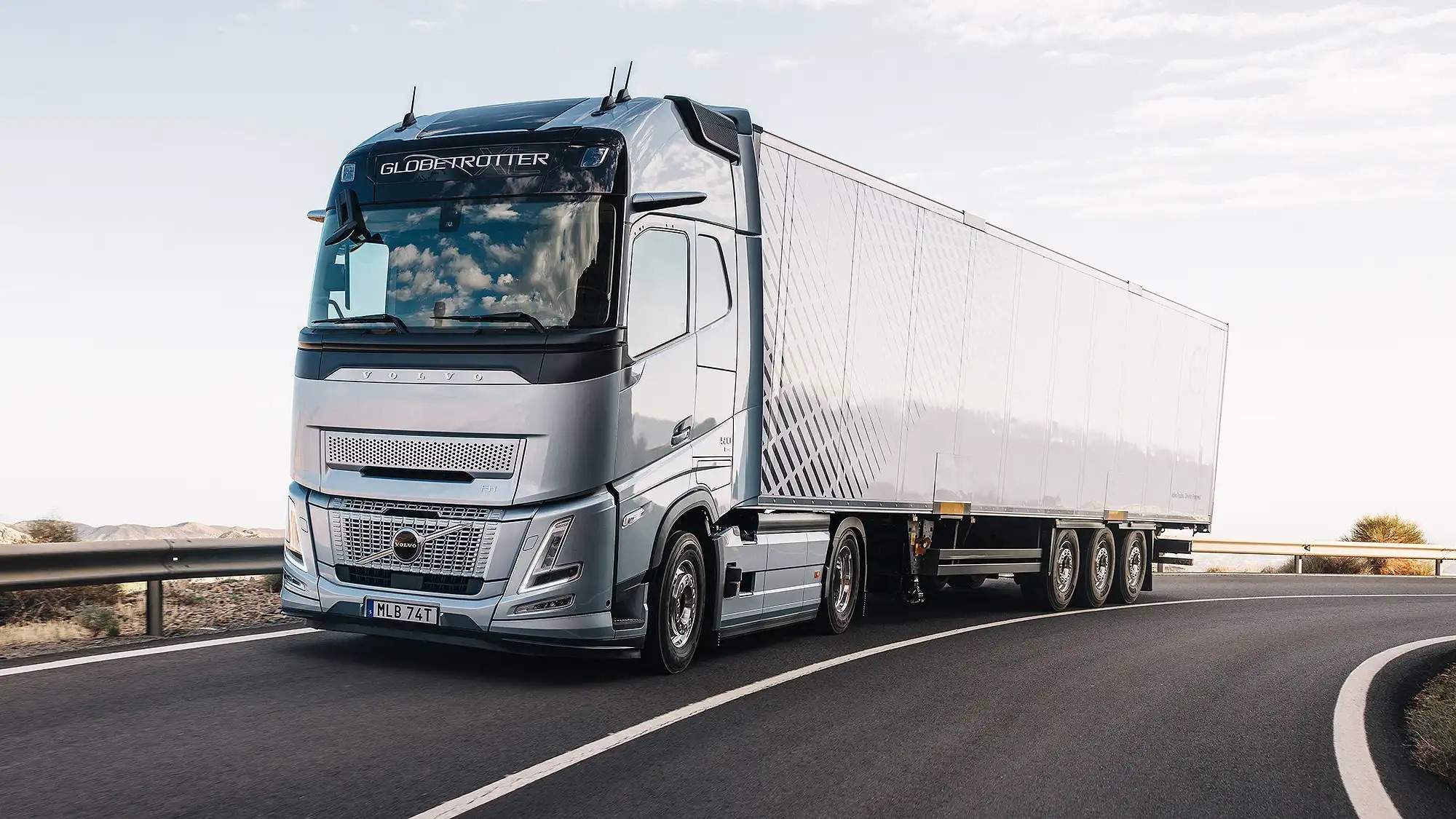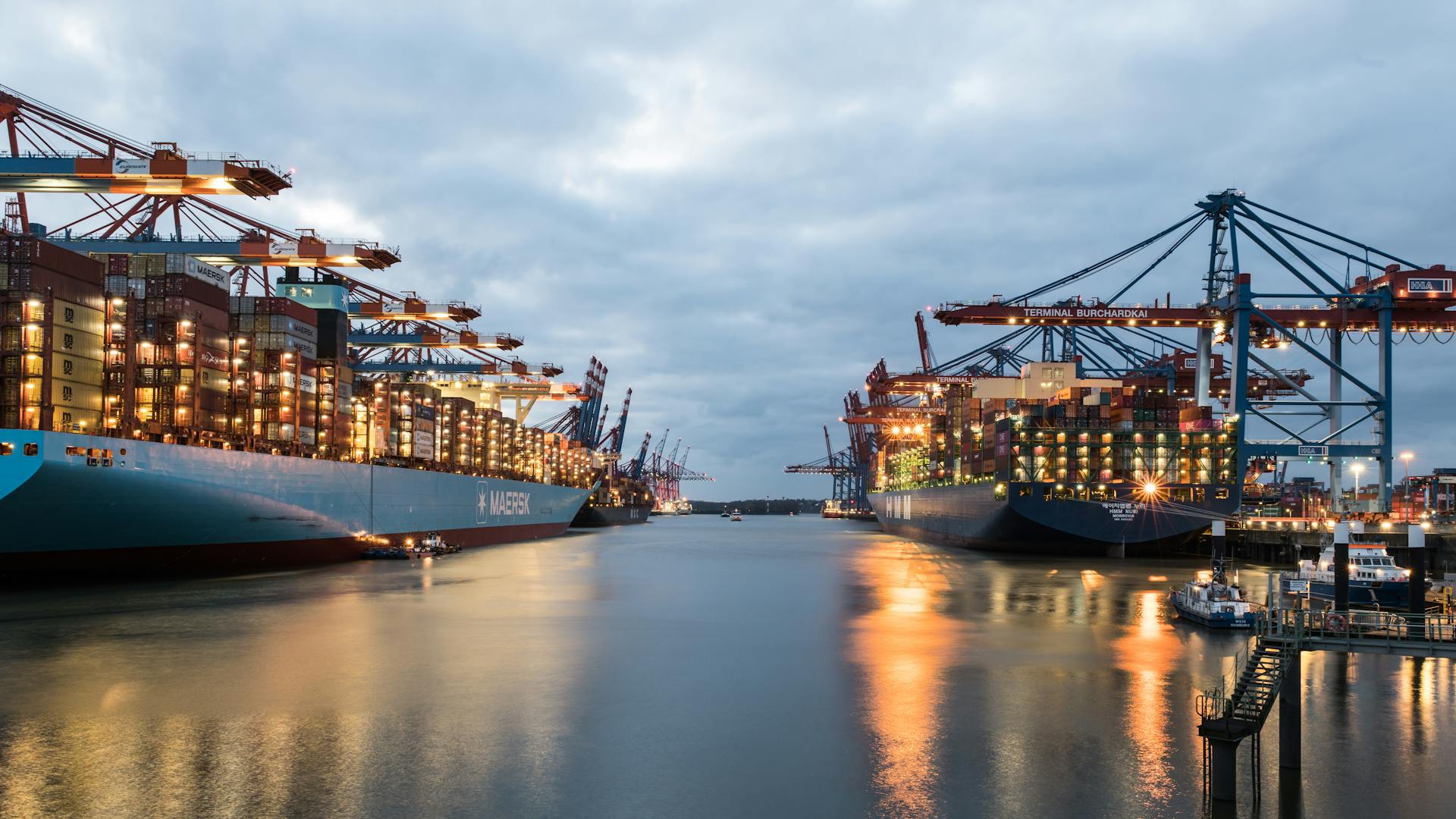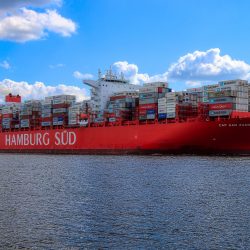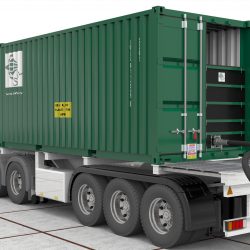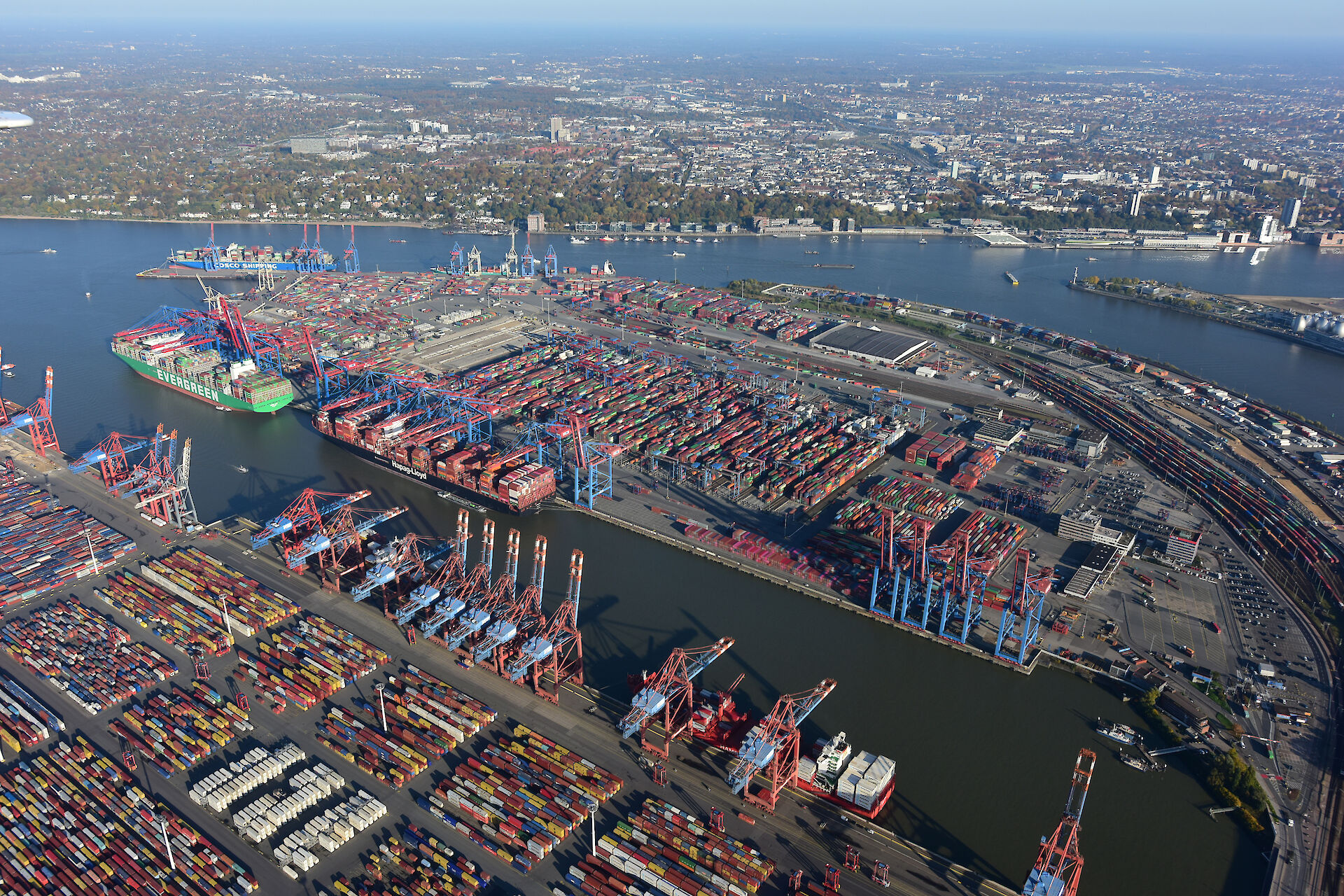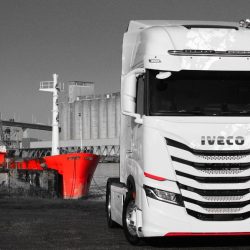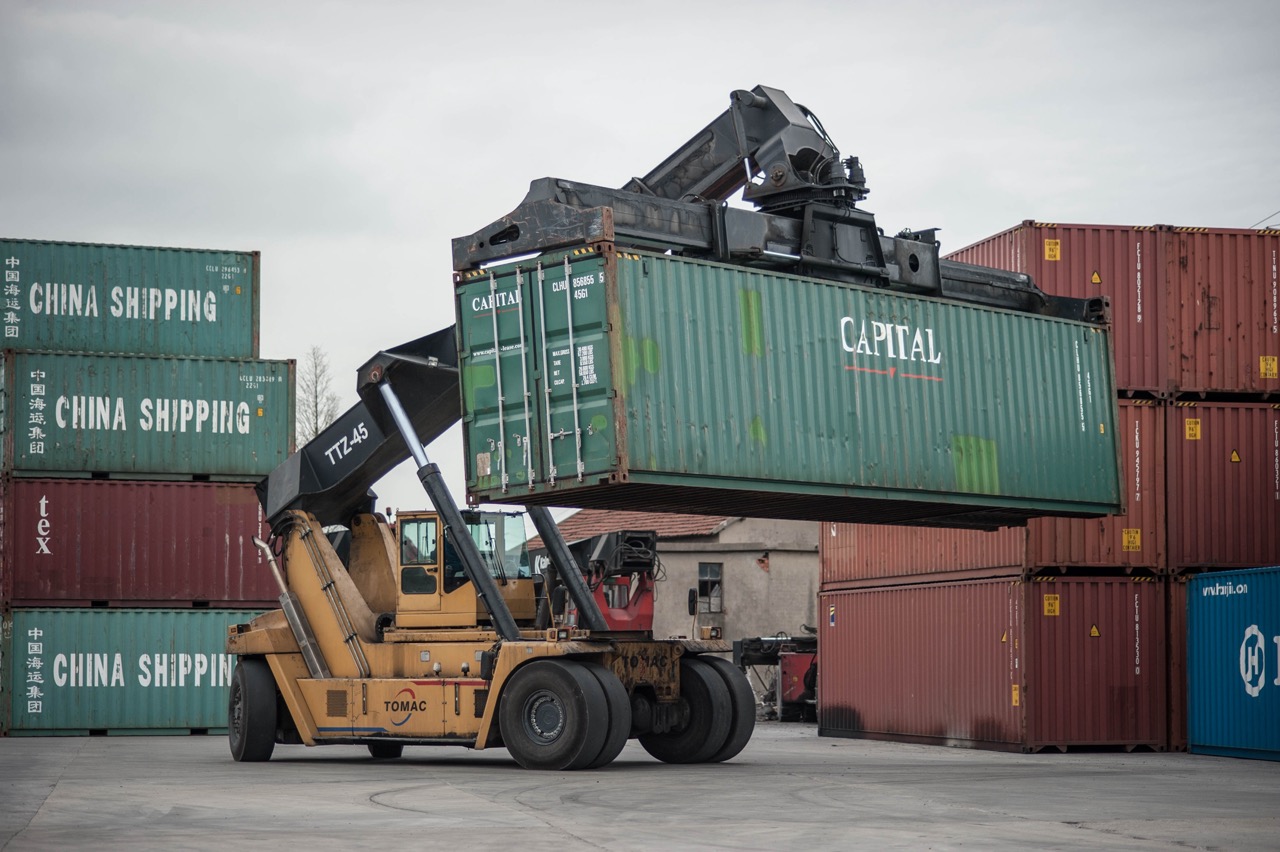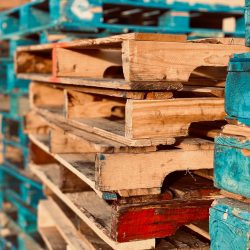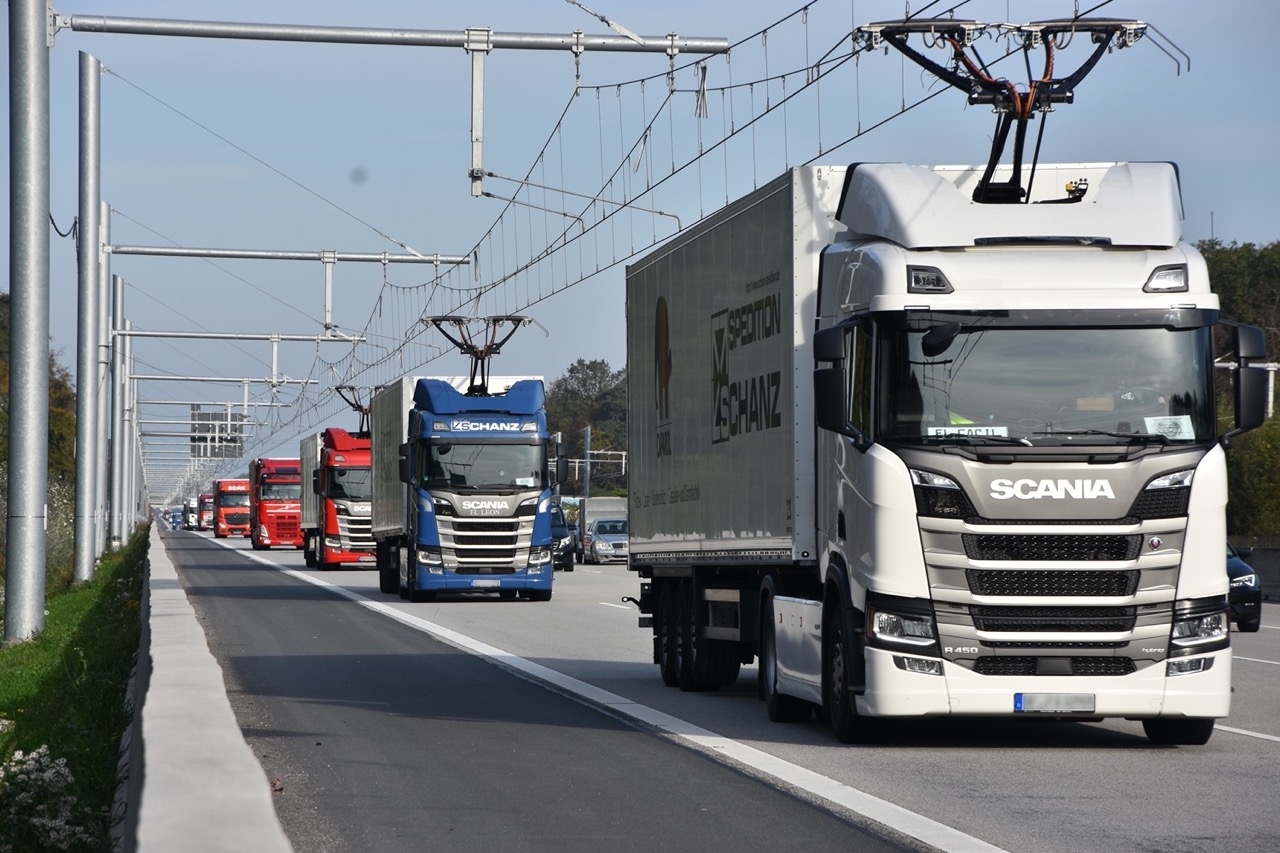Mongolia builds highway to connect Asia to Europe
Transportation between Asia and Europe is one of the most sought-after routes. Despite the fact that it has been developed for quite a long time, logistics market participants regularly develop new routes that will speed up cargo delivery while reducing costs for operators. At the end of 2022, a new highway connecting China and European countries opened. It was built in Mongolia and is part of the major Asian Highway 4, which runs through several countries.
The length of the highway within Mongolia was 745 km. Funds for its construction were allocated in the form of grants by the Asian Development Bank. The road runs along the country’s western border and connects with transport hubs in China and a neighboring country.
According to the Mongolian government, the highway is very important for the development of the country’s transport sector. Its construction began back in 2012 and was carried out in several stages with the help of both foreign and local investments and the support of the authorities. The authors of the project are confident that the new road will lead to an increase in production and the development of logistics services in the regions where it runs. At the same time, the revenues of the Mongolian economy will significantly increase, and the country will be able to invest additional funds to stimulate business and provide infrastructure, including for the transport sector.

First and foremost, the highway is designed to increase international and domestic traffic by local operators. However, for foreign transport companies, the authorities promise to create all the necessary conditions to provide high-quality services.
The road was created in accordance with European standards and meets the modern requirements of the global market. The structure of the highway includes 33 bridges made of reinforced concrete structures. Sections of the road that are located in mountainous areas have special barriers that prevent collapses. In this way, the engineers want to make the dangerous sections safer and prevent accidents. In order to improve driving conditions for vehicles at night the freeway is equipped with retroreflectors, which are fixed to the roadway. On the Buraat Pass, stickers have been placed on the asphalt to reduce slipping during snowfalls and rains.
In addition, pipes are installed under the road surface to heat the highway, thus protecting it from freezing. Such a measure is necessary on sections that pass through areas with permafrost.
Originally the freeway was to be part of the New Silk Road, but the sanctions, imposed on one of the main participants in the route, make it impossible to use the route for the time being. Therefore, currently, the road will be used mainly by local carriers.

